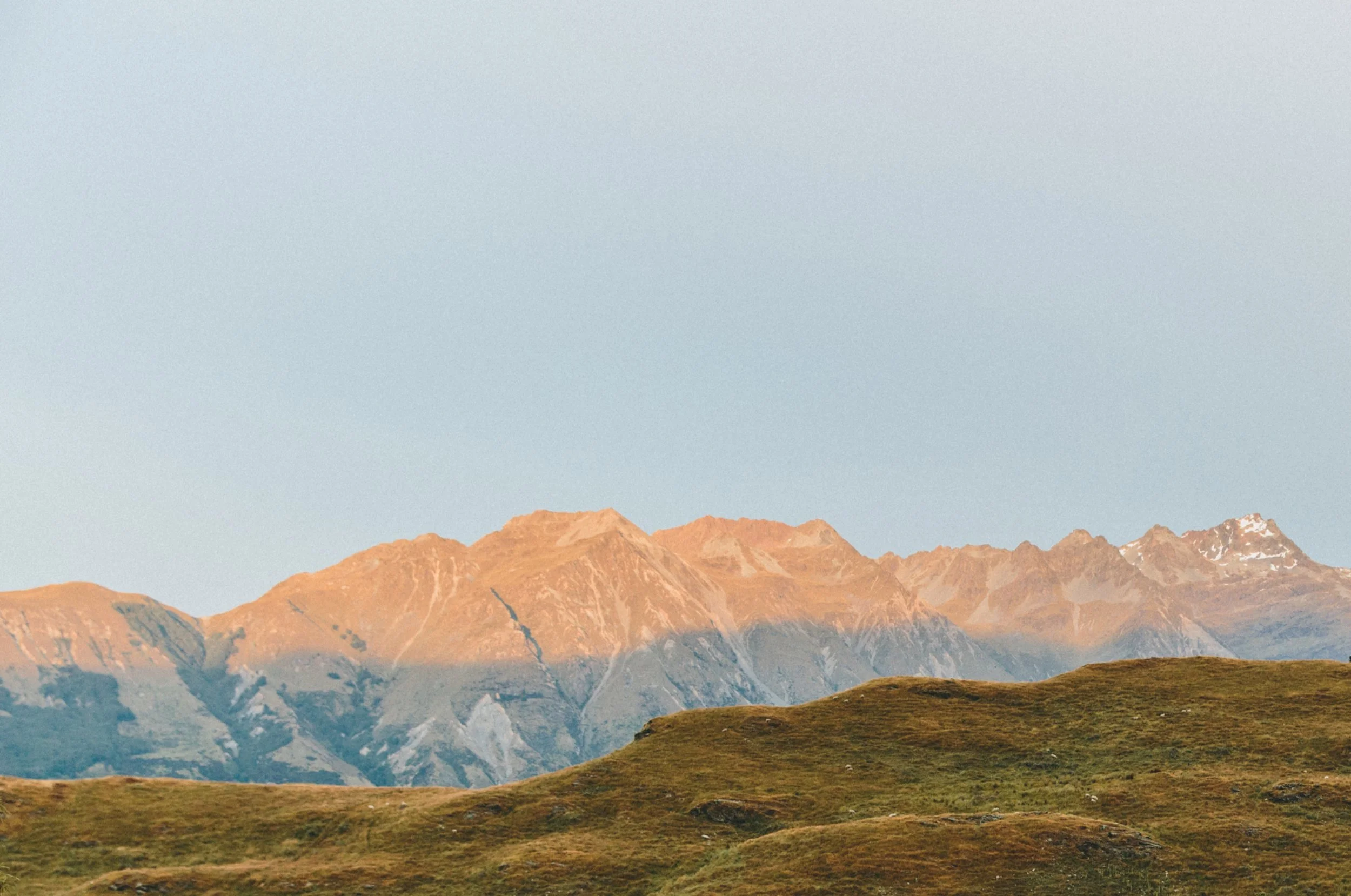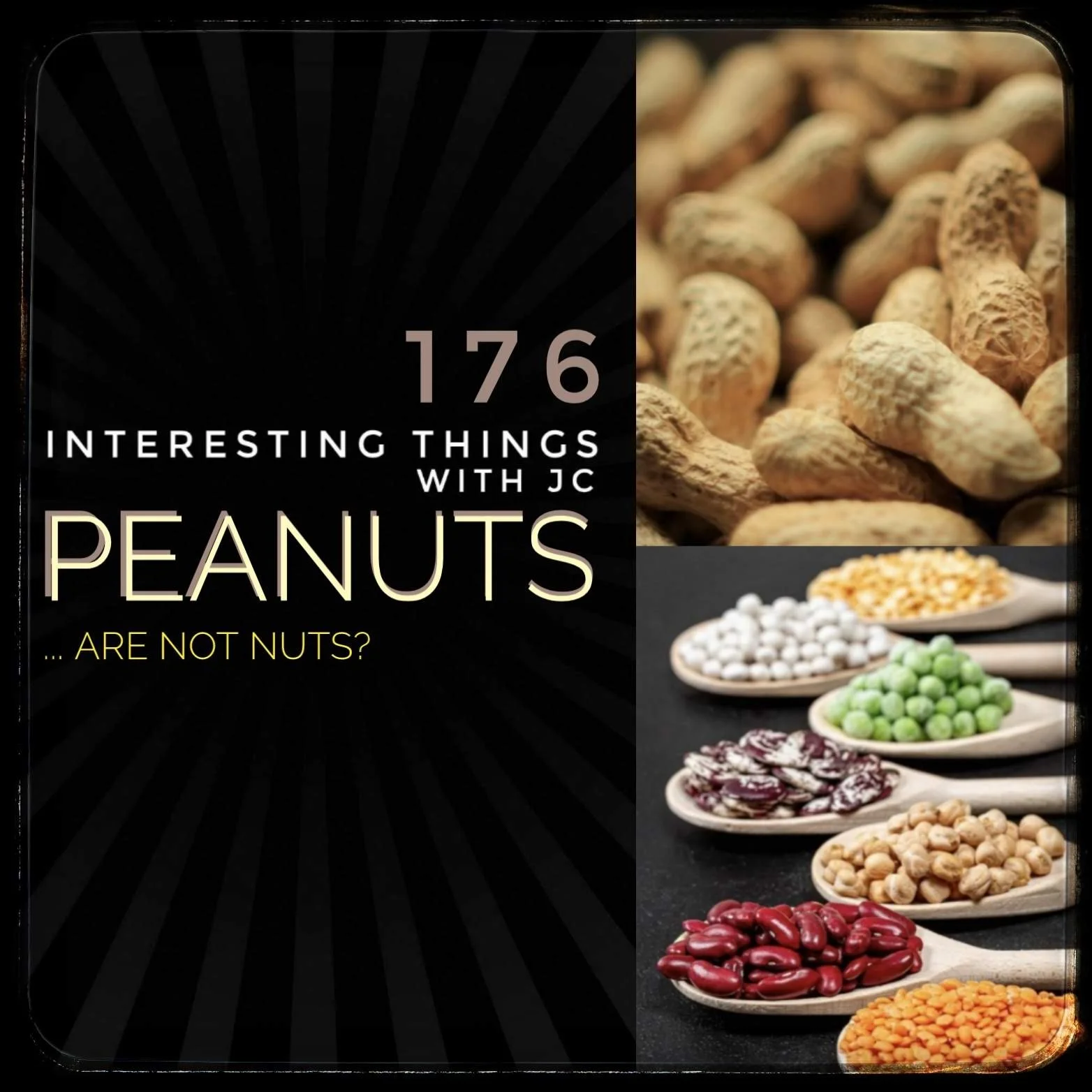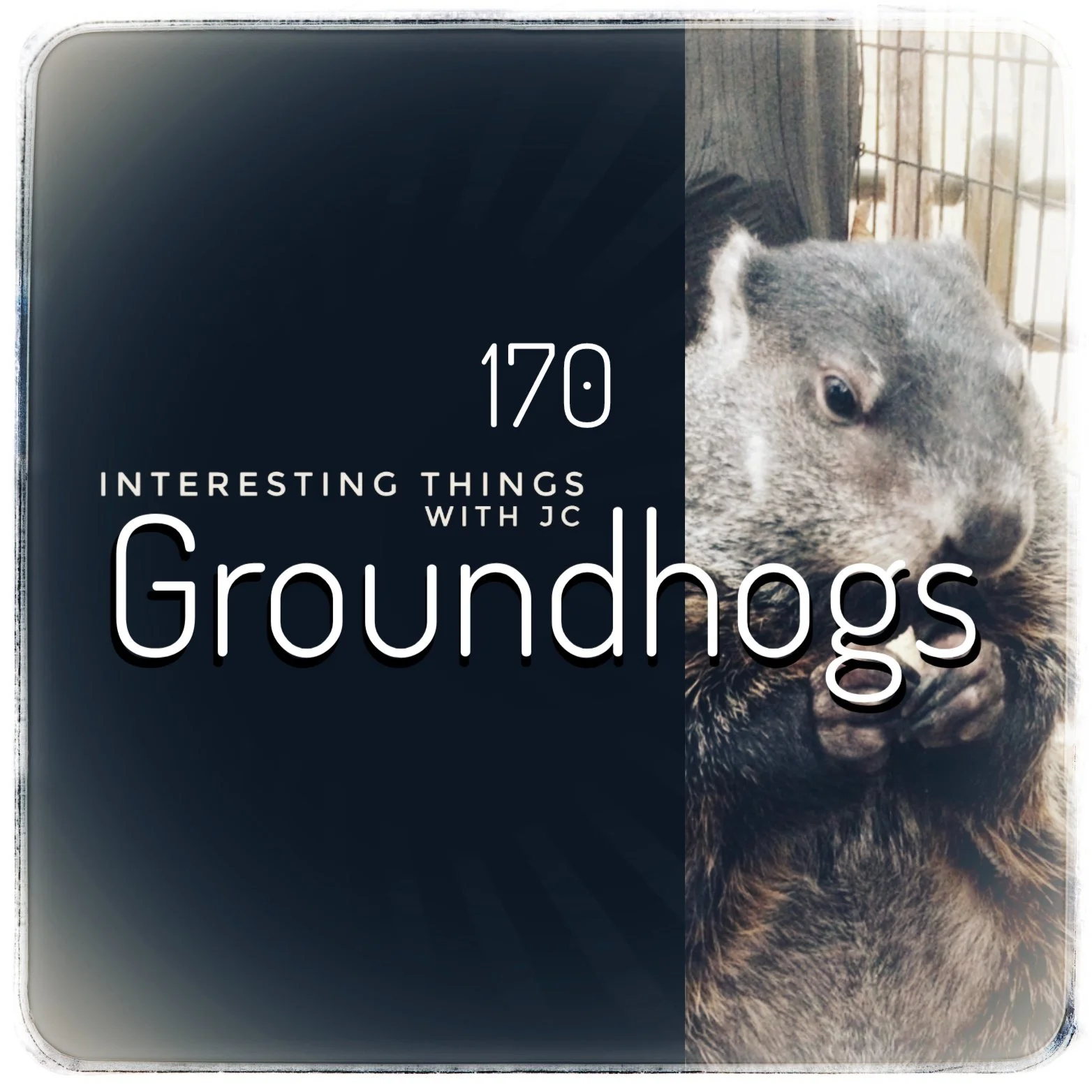A Short Story Podcast Series
Interesting Things with JC
Podcast Radio - Podverse - Headliner - Amazon - Apple - Audacy - Audible - Castbox - Deezer - fyyd - GoodPods - iHeartRadio - JioSaavn - Listen Notes - PlayerFM - PocketCasts - Podcast Republic - Podchaser - Spotify - Stitcher - Youtube - Instagram Reels
Link to Podcast Library or Scroll for Daily Feed
Review of Interesting Things with JC by the UK Legend John Ryan.
-
The podcast is currently in common carriage on the Podcast Radio Network.
In London, you can listen to the Podcast Radio Network over the air on DAB+ and access its variety of podcasts and audio content directly through your DAB+ radio.
In the USA, you can listen to "Interesting Things with JC" on Podcast Radio US over the air in various cities: in Detroit on 93.5 FM and WCSX-94.7 HD2, in Tampa on 1010 WHFS-AM, in Charlotte on 94.7 FM and WSOC-HD3, and in Ft. Myers/Naples on 96.5 FM, 101.5 FM, 105.1 FM, and WXKB-HD2.
-
Episodes vary in duration from 30 seconds to 8 minutes.
All episodes are royalty-free except for #509.
If you have an idea for an episode, please reach out to our team, and we'll happily schedule the topic for a future recording.
Priority is given to home-schooling parents, teachers, educators, and lifelong learning professionals.
-
If you intend to feature the series on your podcast or use it in your broadcast feed as interstitial content, please tag us on social media or send us an email.
Tagging or email notification assists us in promoting your inclusion of the show effectively.
217: "Spring Equinox"
Interesting Things with JC #217: "Spring Equinox" - On the vernal equinox, the first day of spring, the direct rays of the Sun are shining down on the equator producing the effect of equal day and night. After the vernal equinox, the direct rays of the Sun migrate north of the Equator, as the earth slowly tilts.
216: “Black Parrot of Seychelles”
Interesting Things with JC #216: “Black Parrot of Seychelles” - The black parrot or the Praslin parrot is a bird found only in the Praslin island of Seychelles. Although it is the national bird of Seychelles and a protected species, the black parrot is threatened outside its native habitat.
215: “Giant Tortoise of Seychelles”
Interesting Things with JC #215: “Giant Tortoise of Seychelles” - Historically, giant tortoises were found on many of the western Indian Ocean islands, as well as Madagascar, and the fossil record indicates giant tortoises once occurred on every continent and many islands with the exception of Australia and Antarctica.
213 - Interesting Things: 4 Leaf Clovers
The four leaf clover is one of the most common good luck symbols of the Western world. An independent study carried out by Swiss researchers looked at 5.7 million clovers and found that the likelihood of finding one four-leaf clover was one in 5,076.
209 - Interesting Things: Daylight Savings & William Willet
Countries to the north and south of the tropics, see sunrise much earlier and sunsets much later in summer, than these regions do in winter. On most farms, this isn't a problem. People and animals just shift their habits as the hours of daylight shift. In most cities, the amount of energy used to make artificial light and heat becomes costly, if they don't shift their routines. This is where William Willett, the godfather of Daylight Savings comes in.
201 - Interesting Things: Lead Glass
Lead glass, commonly called crystal, is a variety of glass in which lead replaces the calcium content of a typical glass. In past decades, it was a popular material used to create decorative vases and bowls as well as crystal glasses and decanters. Lead glass is also known as X-ray glass or radiation shielding glass as one of its major applications is in the absorbance of high energy radiation while maintaining optical transparency. Also, lead glass has a lower thermal conductivity than lead-free glass. Interestingly, even though stained glass windows are a type of leaded glass, industry experts often use them separately to create distinction between the two.
200 - Interesting Things: Camels Have 3 Eyelids
Camels have three eyelids. Two of the eyelids have eye lashes which help protect their eyes from sand. The third is a very thin lid which works as a sort of "windshield wiper" to clean off their eyes. It closes/ opens from side to side rather than up and down.
196 - Interesting Things: Tom Thumb - Steam Power on the Railroad
On February 28th 1827 The Baltimore and Ohio Railroad became the first steam-operated railway in the United States to be chartered as a common carrier of freight and passengers. All thanks to Peter Cooper as well as the B&O railroad.
195 - Interesting Things: Ketchup was a Medicine
Ketchup was sold in the 1830s as medicine, it was later commercialized as a condiment. Did you know ketchup also has alleged values beyond condiment status today?
192 - Interesting Things: Color Perception
It's the surface of an object that reflects some colors and absorbs all the others. We perceive only the reflected colors. Perceived color depends on how an object absorbs and reflects wavelengths. Human beings can only see a small portion of the electromagnetic spectrum, from about 400 nm to 700 nm, but it’s enough to allow us to see millions of colors!
191 - Interesting Things: Neocortex - The Robot Brain of Strawberry Farming
It's a sophisticated platform "brain", providing robots with real-time, agile, reactive control. When combined with robotics, the system provides 3D plant recognition and grasping, enabling robots to properly pick and pack sorted strawberry plants.
184: “Whale Heartbeat”
Interesting Things with JC #184: "Blue Whale Heartbeat" - A 2019 study unveiled surprising facts about the heartbeat of the blue whale, Earth's largest animal.
183 - Interesting Things: Nicolaus Copernicus
Nicolaus Copernicus was a 16th century Renaissance-era world famous Polish astronomer, who proposed that the Sun is the center of the solar system and that the planets circle the Sun. Copernicus also noted that Earth turns once daily on its own axis and that very slow long-term changes in the direction of this axis account for the precession of the equinoxes.
180 Interesting Things - 100,000 Beats
Depending on your beats per minute, your heart beats about 100,000 to 115,000 times a day. There are 60,000 miles of blood vessels in your body. That's enough to go around the world twice! A normal heart pumps about 4 tablespoons of blood with each beat.
176 Interesting Things - PEANUTS...are not Nuts?!
The peanut is a member of the bean or legume family and not a nut, studies suggest that people who eat peanuts or tree nuts frequently have lower rates of heart disease compared with people who don't eat them. While almonds grow on trees, they're actually not a nut either... They're a seed found inside the almond fruit!... But that's an interesting story for another time.
Please visit peanut-institute.com for more information on this amazing bean!!!
175 Interesting Things - Lobster Blood Is Blue
Lobsters have blue blood. Due to the presence of copper in the Hymocyanins, they give the color of the lobster blood bluish color. Invertebrates, like snails and spiders, also have blue blood due to hemocyanin. Did you know lobster blood is critical in emerging medical research?
170 Interesting Things - Groundhogs
Groundhogs are the largest species in the squirrel family. Other names for groundhogs include woodchucks, whistle-pigs and land-beavers. On average groundhogs are 20" long with 6-7" tail, and weigh about 6-12 lbs. Their average lifespan in the Wild is 3-6 years.
Let's learn more!
168 Interesting Things - STS-107 Space Shuttle Columbia
STS-107 was the disastrous 113th flight of the Space Shuttle program, and the 28th and final flight of Space Shuttle Columbia. The mission launched from Kennedy Space Center in Florida on 16 January 2003 and during its 15 days, 22 hours, 20 minutes, 32 seconds in orbit.
On February 1st, Columbia began re-entry as planned, but the heat shield was compromised due to damage sustained during the initial ascent. The heat of re-entry was free to spread into the damaged portion of the orbiter, ultimately causing its disintegration and the loss of all on board.
Columbia was delivered to the Kennedy Space Center in March 1979. Two years later, April 12, 1981, it lifted off from the Kennedy Space Center to become the first shuttle to fly in orbit.
The crew of its final voyage were 3 Mission Specialists; David Brown, Kalpana Chawla, Laurel Clark, a Payload Specialist and Commander; Ilan Ramon and Michael Anderson, Shuttle Commander; Rick Husband, and Shuttle Pilot; William McCool.
Arlington National Cemetery is the home of a Columbia memorial which is dated and has an outline of a Shuttle.
165 Interesting Things - Falling Iguanas of South Florida
When temperatures dip into the 40s and 30s green iguanas in south Florida fall from the trees.. It's become such a concern that there are falling iguana warnings on the news! Iguanas can grow up to 6ft and 26lbs, so this isn't a small concern!! (3min audio)
163 Interesting Things - Pine Cones
Pine cones can stay on tree for more than 10 years before dropping to the ground. We can eat approximately 20 types of pine nuts. They are said to have a buttery taste. They are soft, white seeds found inside pine cones. Pine nuts aren’t usually eaten raw. They are toasted to make them crunchy. Only 20 varieties of pine tree worldwide produce cones with large enough pine nuts for harvesting.






















